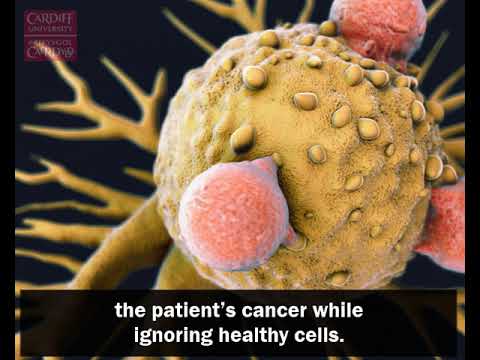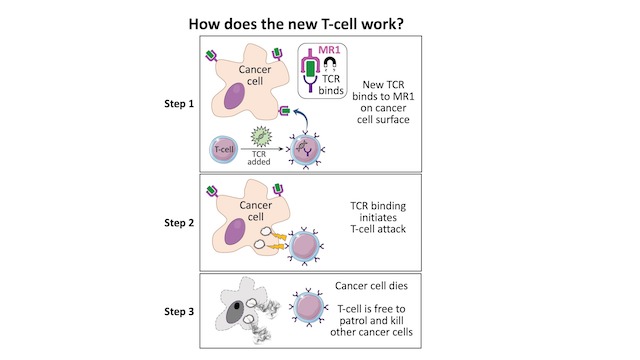
Breaking News
 Victor Davis Hanson: What the Media Won't Tell You About John Bolton FBI Raid
Victor Davis Hanson: What the Media Won't Tell You About John Bolton FBI Raid
 Giving Ukraine a US Security Guarantee Risks National Suicide
Giving Ukraine a US Security Guarantee Risks National Suicide
 The Oklahoma City Bombing: A Lesson in Government Lawlessness
The Oklahoma City Bombing: A Lesson in Government Lawlessness
 The Insurrection Act – Can the POTUS Deploy the National Guard to America's Cities?
The Insurrection Act – Can the POTUS Deploy the National Guard to America's Cities?
Top Tech News
 NVIDIA just announced the T5000 robot brain microprocessor that can power TERMINATORS
NVIDIA just announced the T5000 robot brain microprocessor that can power TERMINATORS
 Two-story family home was 3D-printed in just 18 hours
Two-story family home was 3D-printed in just 18 hours
 This Hypersonic Space Plane Will Fly From London to N.Y.C. in an Hour
This Hypersonic Space Plane Will Fly From London to N.Y.C. in an Hour
 Magnetic Fields Reshape the Movement of Sound Waves in a Stunning Discovery
Magnetic Fields Reshape the Movement of Sound Waves in a Stunning Discovery
 There are studies that have shown that there is a peptide that can completely regenerate nerves
There are studies that have shown that there is a peptide that can completely regenerate nerves
 Swedish startup unveils Starlink alternative - that Musk can't switch off
Swedish startup unveils Starlink alternative - that Musk can't switch off
 Video Games At 30,000 Feet? Starlink's Airline Rollout Is Making It Reality
Video Games At 30,000 Feet? Starlink's Airline Rollout Is Making It Reality
 Automating Pregnancy through Robot Surrogates
Automating Pregnancy through Robot Surrogates
 Grok 4 Vending Machine Win, Stealth Grok 4 coding Leading to Possible AGI with Grok 5
Grok 4 Vending Machine Win, Stealth Grok 4 coding Leading to Possible AGI with Grok 5
Researchers at Cardiff University have discovered a new type of killer T-cell that offers hope of a

T-cell therapies for cancer—where immune cells are removed, modified and returned to the patient's blood to seek and destroy cancer cells—are the latest paradigm in cancer treatments.
The most widely-used therapy, known as CAR-T, is personalized to each patient, but it only targets a few types of cancers and has not been successful for solid tumors, which make up the vast majority of cancers.
Cardiff researchers have now discovered T-cells equipped with a new type of T-cell receptor (TCR) which recognizes and kills most human cancer types, while ignoring healthy cells.
This TCR recognizes a molecule present on the surface of a wide range of cancer cells as well as in many of the body's normal cells but, remarkably, is able to distinguish between healthy cells and cancerous ones, killing only the latter.
The researchers said this meant it offered "exciting opportunities for pan-cancer, pan-population" immunotherapies not previously thought possible.

Photo by Cardiff University
How does this new TCR work?
Conventional T-cells scan the surface of other cells to find anomalies and eliminate cancerous cells—which express abnormal proteins—but ignore cells that contain only "normal" proteins.
The scanning system recognizes small parts of cellular proteins that are bound to cell-surface molecules called human leukocyte antigen (HLA), allowing killer T-cells to see what's occurring inside cells by scanning their surface.

 HERE COMES THE MOTHERSHIP
HERE COMES THE MOTHERSHIP

